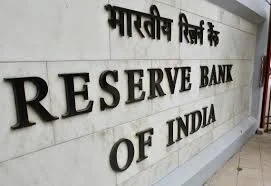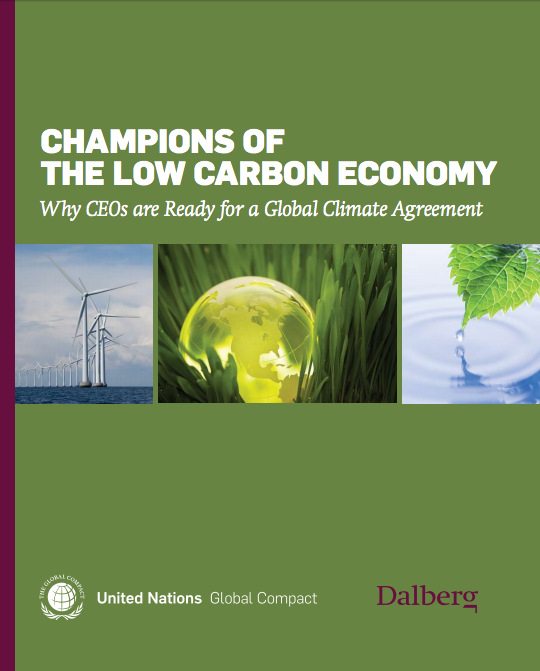Peabody Energy 1Q2016 Results - losing US$80m per month | IEEFA, Tim Buckley, Director of Energy Finance Studies
Peabody Energy reported its 1Q2016 results today (Peabody Energy SEC filings). The company lost US$228m for the three months to March 2016 (before a notional tax credit), a more than doubling of the pretax loss relative to 1Q2015. How management could defer Chapter 11 as long as they did seems bizarre given the company has been losing $80m pretax every month and where net debt rose by US$462m in just the last three months. We review this result given it shows that the momentum in the coal mining sector is still deteriorating, rapidly.
Peabody Energy’s 1Q2016 results highlight the magnitude of the problems facing the US domestic and export coal industries.
Revenues dropped 33% year on year (yoy) to US$1.02bn, consistent with the US Energy Information Administration reports that total US coal consumption is down 33% yoy year-to-date (link to EIA report).
Net interest expense rose 22% yoy to US$125m for the 1Q2016.
But even if the entire US$6.5bn of net debt was written off by the global banking sector, Peabody would still be losing money. At the EBIT level, Peabody lost US$103m in 1Q2016. As such, the report from McKinsey & Co suggesting massive ongoing financial distress for the US coal mining sector looks a fair assessment, as is their conclusion that 75% of the total US$100bn of sector liabilities in place at the end of 2014 could be lost by the end of this decade (link to IEEFA report).
Peabody’s net debt rose by US$462m in just the last three months to US$6.44bn, not discounting another US$2.15bn of unfunded post retirement benefits et al.
IEEFA would question how the Australian business of Peabody Energy can remain in a ‘business as usual’ position. The Australian holding company has yet to lodge its 2015 annual results, even though business as usual (as we understand it) requires lodgement of these accounts with ASIC by end April 2016. Given the 2014 accounts said the company only remained solvent due to ongoing financial support, but with the ultimate parent in Chapter 11, there must be some serious legal or accounting gymnastics involving opaque offshore structures that is allowing the Australian unit to have to-date avoided administration. Given the financial leverage and number of Australian jobs involved, maybe this is something our Energy Minister could investigate rather than taking management’s word for it?
Energetics report on potential abatement | Department of Environment
Modelling and analysis of Australia's abatement opportunities - meeting Australia's 2030 emissions reduction target.
Today the Commonwealth Department of the Environment released a landmark report written by Energetics. The work assesses the contribution that can be made by a range of emissions reduction opportunities across the Australian economy towards Australia's 2030 target.
Indian Reserve Bank tightens loan availability; implications for Adani's Carmichael | Tim Buckley, Director of Energy Finance Studies, IEEFA
The Reserve Bank of India (RBI) has recently tightened loan availability; forcing the Indian banking sector to recognise and provide for loans from corporates in financial distress, rather than the historical approach of kicking the can down the road, effectively ignoring the issue. This was clearly evident in ICICI Bank (the second largest bank in India) reporting a 1Q2016 result of Rs7Bn, down 76% year on year and only a fraction of the market expectations for a profit of Rs31bn.
The implications for Adani Enterprises Ltd and Adani Power Ltd are significant. Both companies are having trouble servicing their interest costs and loans and an increasing portion of the Adani Group is under financial stress. Historically the RBI has not had a mandate sufficient to allow it to start to rectify this issue, one that is in our view crippling the financial sector, primarily due to the massive financial distress evident across the Indian power sector.
Stranded assets and thermal coal: An analysis of environment-related risk exposure | Smith School of Enterprise and the Environment, Oxford University
The top 100 coal-fired utilities, top 20 thermal coal miners, and top 30 coal-to-liquids companies have been comprehensively assessed for their exposure to environment-related risks, including: water stress, air pollution concerns, climate change policy, carbon capture and storage retrofitability, future heat stress, remediation liabilities, and competition from renewables and gas. The research is designed to help investors, civil society, and company management to analyse the environmental performance of coal companies and will inform specific investor actions related to risk management, screening, voting, engagement, and disinvestment. The research also has clear implications for current disclosure processes, including the new Task Force on Climate-related Financial Disclosures.
Authors: Ben Caldecott, Lucas Kruitwagen, Daniel Tulloch, Irem Kok, James Mitchell | Report
China Delivers a World Record Wind Installs in 2015; India Announces Another Record Low Solar Tariff | IEEFA.org
New China Data Shows an ‘Entirely Beleaguered’ Seaborne Market | IEEFA.org
Market Inflection Points | Governance Direction
Rapid changes in market dynamics have a material impact on the success of businesses. International agreements to limit global warming will restrict the amount of fossil fuels that can be burned in the future. This may create difficulties for the fossil fuel industry, including ‘stranding’ assets.
Author: Ben Scheltus, CEO, Climate Alliance Limited
Re-printed with the kind permission of the Governance Institute Australia
The cost of inaction: Recognising the value at risk from climate change | The Economist
The asset management industry—and thus the wider community of investors of all sizes— is facing the prospect of significant losses from the effects of climate change. Assets can be directly damaged by floods, droughts and severe storms, but portfolios can also be harmed indirectly, through weaker growth and lower asset returns. Climate change is a long-term, probably irreversible problem beset by substantial uncertainty. Crucially, however, climate change is a problem of extreme risk: this means that the average losses to be expected are not the only source of concern; on the contrary, the outliers, the particularly extreme scenarios, may matter most of all. The findings in this report indicate that climate change is likely to represent an obstacle for many asset owners and managers to fulfil their fiduciary duties.
Author: The Economist Intelligence Unit
Directors' personal liability for corporate inaction on climate change | Governance Directions
A proactive stance on governance of climate change is now seen as consistent with financial wealth interests. Boards must actively engage with how the issue of climate change impacts on their operations, risk and strategy. A passive approach to climate change governance may be inadequate to satisfy directors' duties of due care and diligence.
Author: Sarah Barker, Special Counsel, Minter Ellison Lawyers
Reprinted with the kind permission of the Governance Institute Australia
Champions of the Low-Carbon Economy: Why CEOs are Ready for a Global Climate Agreement | United Nations Global Compact
Forty chairmen and CEOs of corporations from around the globe were interviewed for this report. These chief executives indicate that climate inaction is too costly to their businesses and the world. They support a strong global climate agreement and are ready to lead the resulting world economy.
Authors: Authors: Sonila Cook, John Stephenson, Jonathan Berman
Green Growth: Overcoming the Crisis and Beyond | OECD
"The current economic crisis is not an excuse to weaken long-term efforts to achieve low-carbon economic growth. Recent OECD analysis shows that ambitious policy action to address climate change makes economic sense, and that delaying action could be costly in both economic and environmental terms..."
Corporate Governance and Climate Change: Making the Connection | CERES
This report is the first comprehensive examination of how 100 of the world’s largest corporations are positioning themselves to compete in a carbon-constrained world. With the launch of the Kyoto Protocol1 in 2005, managing greenhouse gas emissions is now a routine part of doing business in key global trading markets. As the United States moves to join the international effort to combat global warming, climate governance practices will assume an increasingly central role in corporate and investment planning. Eventually, nothing short of an energy and technology revolution will be needed to stem rising greenhouse gas emissions across the globe.
Author: Douglas G. Cogan














